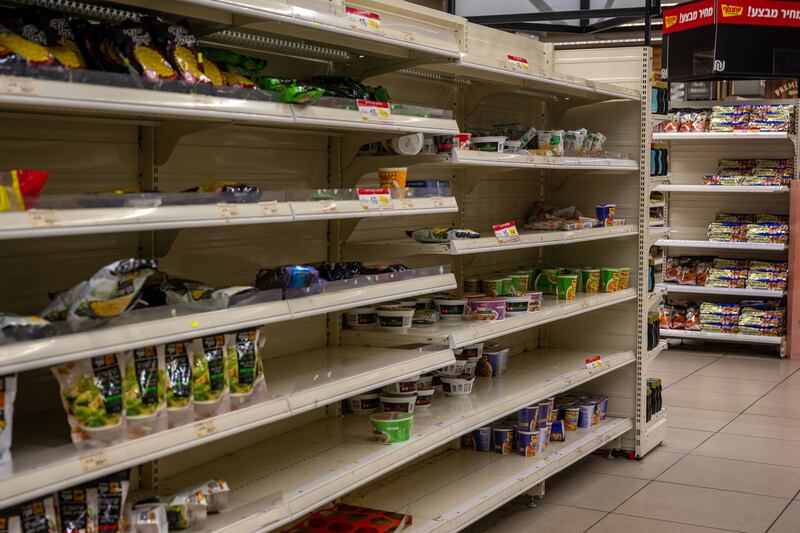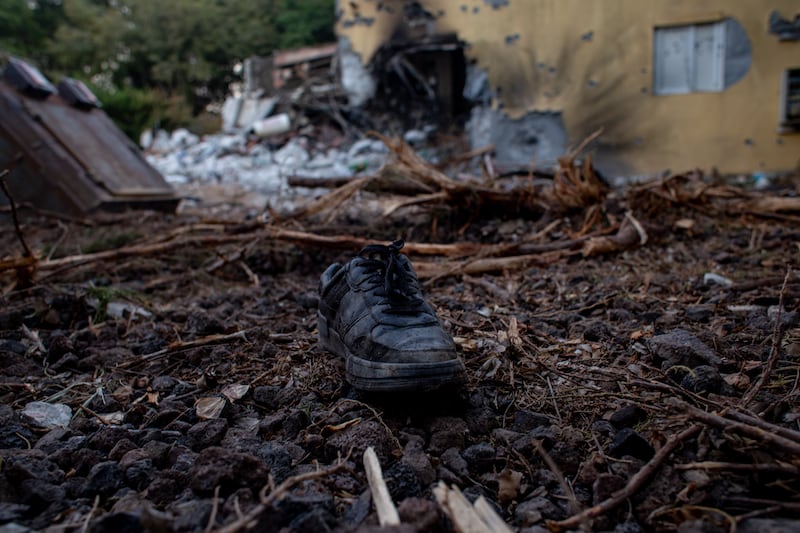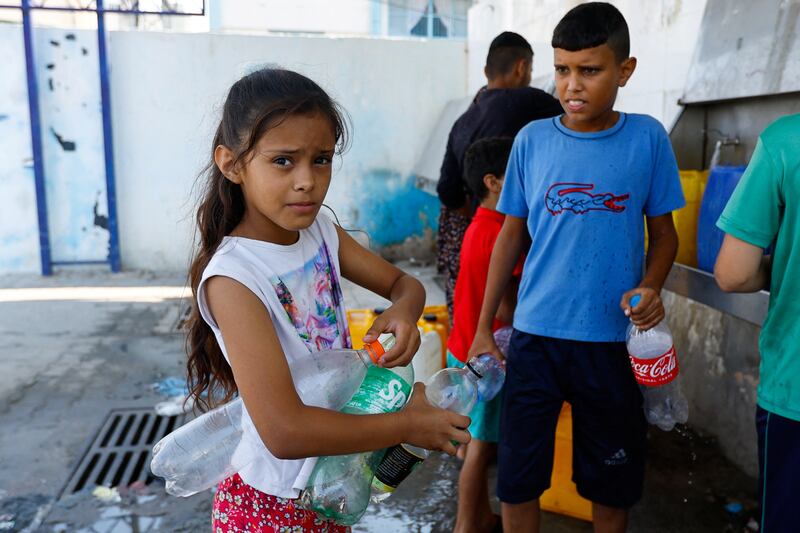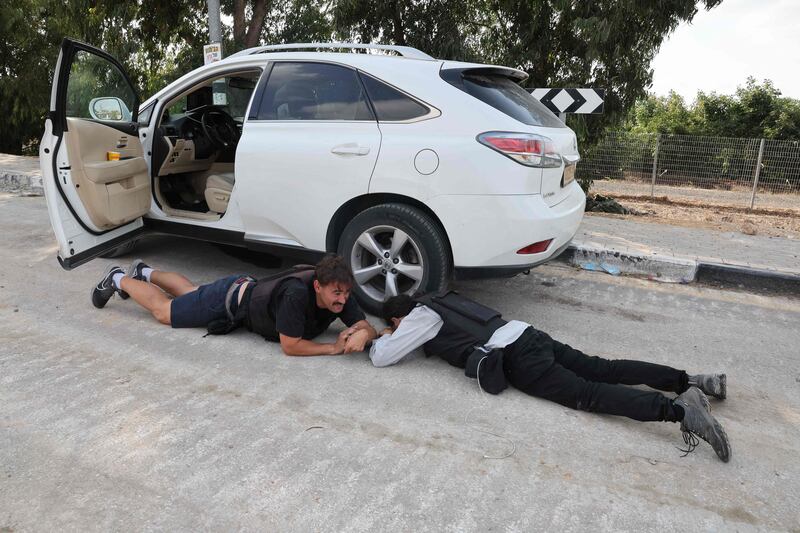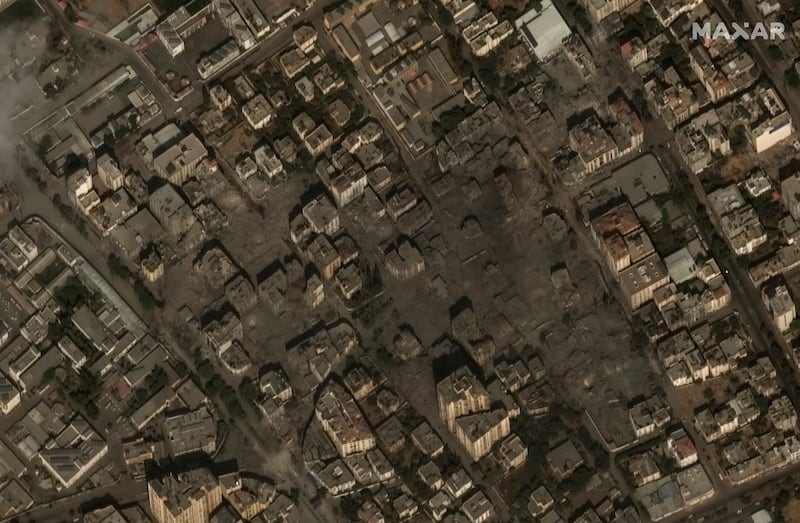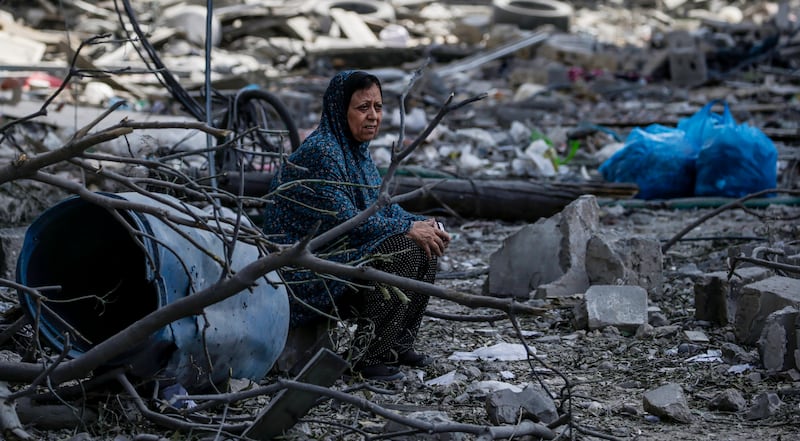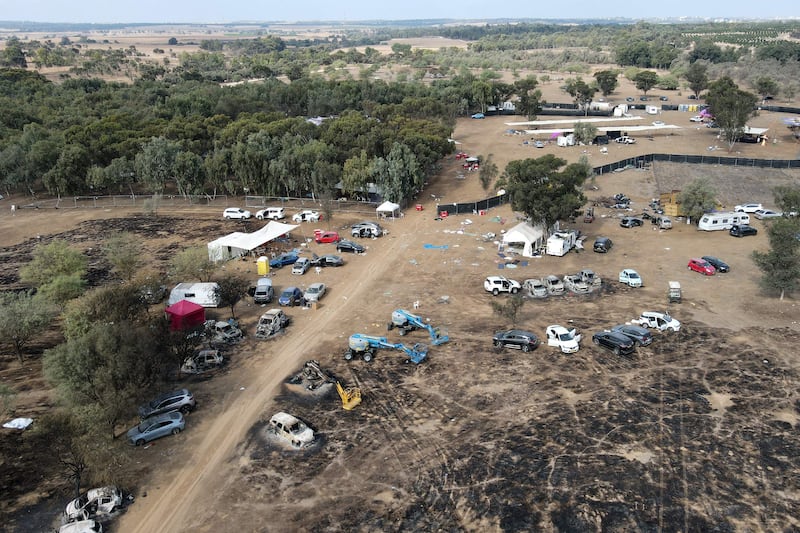Many people following the Israel-Gaza crisis hour-to-hour will have tracked developments on social media, either by accident or design, whether choosing to search for information or by being algorithmically served content.
When Hamas began their attacks on Israel on Saturday, a typical feed might have been filled with videos depicting the appalling violence in graphic detail. When Israel launched its response, those same feeds may have been filled with images from Gaza of entire neighbourhoods being destroyed by unrelenting air strikes.
This regional crisis is another reminder, as if we needed one, that social media platforms are the destination points for many of today’s media consumers. About five billion people worldwide, comfortably more than half the global population, are estimated to use social media. Platforms are the go-to place to spend time on – but they are also challenging spaces to inhabit right now.
The most identifiable problem in the past few days has been that beyond what is established fact, a fast-turning cycle of misinformation, claim and counterclaim has flooded those apps and feeds.
One piece of fake information can easily be seen by hundreds of thousands of users and then be liked and recirculated by thousands more. Most people will have seen examples of fabrications or distortions being trafficked to large audiences over the past few days. The corrections and rebuttals rarely reach the same size of audience, making it an asymmetrical struggle.
On Wednesday, European authorities warned X, formerly known as Twitter, that it should flush out the flow of disinformation on its platform or risk being fined if it failed to do so. Today, the platform said it had removed hundreds of accounts.
This week, the Arab Youth Survey also reported on social media use in the region – using data collated long before the Israel-Gaza crisis erupted – with the majority of respondents reporting that social media had a recognisably negative impact on their mental well-being.
Almost three-quarters of those surveyed (74 per cent) also said they had difficulty disconnecting from social media even though they knew it might be damaging their health. A significant majority (61 per cent) said they got their news updates from these platforms.
The National regularly welcomes small groups of university students to the newsroom through an outreach programme we run. During those sessions, we ask our visitors to give us some sense of where they get their news.
Like the respondents to the youth survey, the majority of these small sample sizes often tell us that social media is where they head for. Platforms are the places where people view global affairs from and, to some degree, where their view of that universe is shaped, which is a cause for concern if you loop that concern about misinformation back into the equation.
Recent academic research also suggests that young people are likely to be active curators of their own media environments on these platforms, which is one way to tackle misinformation.
But even those who may be weeding out what they don’t like or don’t trust and searching for trusted sources, face the double-edged sword of the platforms providing their own content suggestions based on previous searches or by pushing posts towards users that have high levels of engagement. This means that any work an individual may do to quieten the noise is almost always only a temporary fix.
All told, this presents the toughest of Gordian knots.
It would be easy to fall back on one of the stock phrases of columns to answer the question, but time has already told us that something must be done.
If social media is a possible threat to a user’s health – in other words, if mental health was viewed in the same way as physical ailments – then perhaps you’d find warning signs when you opened these platforms, similar to the ones you get on packets of cigarettes.
If that sounds extreme, then look back at those figures from the youth survey; three in four respondents had some form of dependence, mild or otherwise, on social media while also recognising that its use might damage their health. And this does not only apply to young people.
The owners of these sites need to support access to help or, at the very least, you should be able to see reminders to practise self-care or places you could more easily report harmful content to. Safeguarding must be paid the attention it is long overdue.
The algorithmic trap most people are snared by can’t just continue to be gamed to create stickability and encourage mild dependence and addiction.
It must be matched by greater responsibility and a deeper commitment to stopping the flow of misinformation – both are better options than these platforms waiting for an overly punitive legislative framework to be imposed upon them.
We’ve known for many years that the “first casualty of war is truth”. It’s worth remembering that particular phrase in the moment we find ourselves in.









